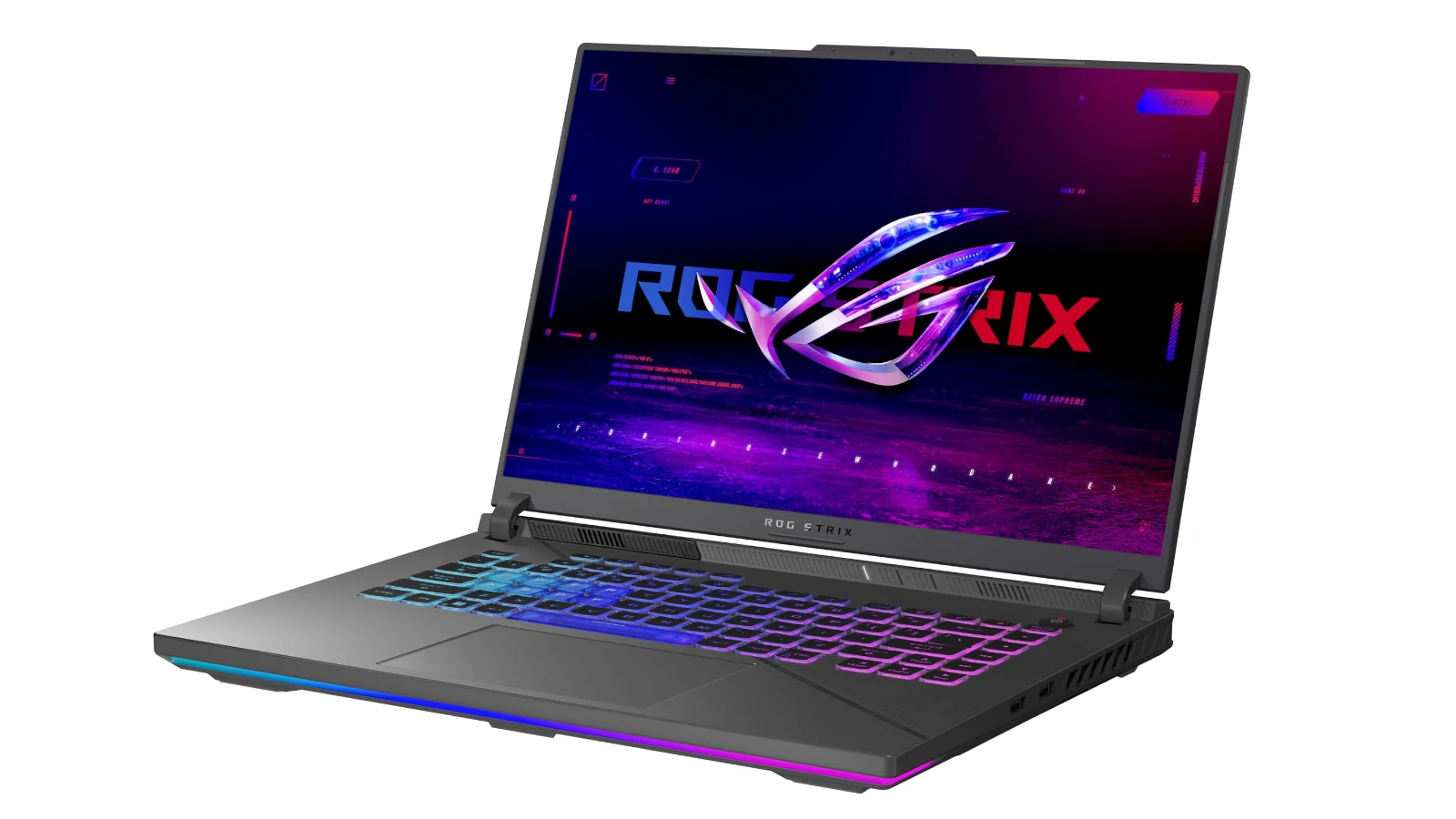Upgrading a laptop’s graphics card can boost gaming performance and extend the life of an older machine. Most laptops don’t allow for easy GPU upgrades due to their integrated design. This makes swapping out graphics cards tricky for the average user.
There are a few ways to improve laptop graphics. Some high-end gaming laptops have upgradeable GPUs, but these are rare. External GPU enclosures offer another option, letting users connect a desktop graphics card to their laptop. This gives a big performance boost but reduces portability.
For most people, buying a new laptop is the simplest way to get better graphics. Modern laptops pack more powerful GPUs into slimmer designs. When shopping, look for dedicated graphics cards from NVIDIA or AMD for the best gaming experience.
Level Up Your Laptop’s Graphics Performance: Exploring Upgrade Options
Wish your laptop could handle the latest games or power through graphics-intensive tasks with ease? While upgrading a laptop’s graphics card isn’t as straightforward as with a desktop PC, there are still viable options to boost your graphical prowess. Let’s explore the possibilities and shed light on the upgrade paths available for laptop users.
Understanding Laptop Graphics: Integrated vs. Dedicated
Laptops typically come with two types of graphics:
- Integrated Graphics: These are built into the CPU and offer basic graphics capabilities. They are sufficient for everyday tasks like web browsing and office productivity but lack the power for demanding games or professional applications.
- Dedicated Graphics: These are separate graphics cards with their own dedicated memory (VRAM). They provide significantly better performance for gaming, video editing, 3D modeling, and other graphics-intensive tasks.
The Upgrade Challenge: Limited Options
Upgrading a laptop’s graphics card is often challenging due to the compact and integrated nature of laptop components. In most cases, the graphics card is soldered onto the motherboard, making it difficult or impossible to replace. However, there are a few exceptions and alternative solutions to consider:
1. External Graphics Cards (eGPUs)

An eGPU is an external enclosure that houses a desktop graphics card and connects to your laptop via a high-speed interface like Thunderbolt. This allows you to leverage the power of a desktop graphics card to significantly enhance your laptop’s graphical capabilities. eGPUs are a popular option for gamers and creative professionals who need a portable yet powerful solution.
Key Considerations for eGPUs:
- Compatibility: Ensure your laptop has a Thunderbolt port that supports eGPUs.
- Performance: eGPU performance can be limited by the Thunderbolt connection’s bandwidth.
- Cost: eGPUs and compatible graphics cards can be expensive.
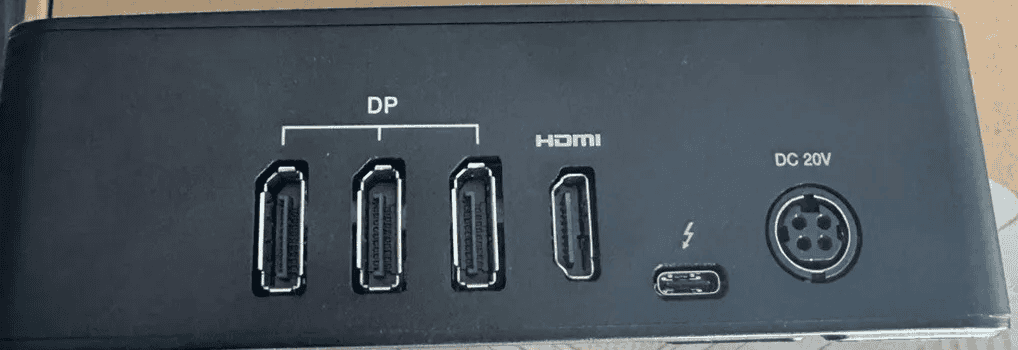
2. MXM Modules
Some laptops, particularly high-end gaming laptops, utilize MXM modules for their graphics cards. MXM is a standard for interchangeable graphics modules that allows for potential upgrades. However, finding compatible MXM modules can be challenging, and the upgrade process might require technical expertise.
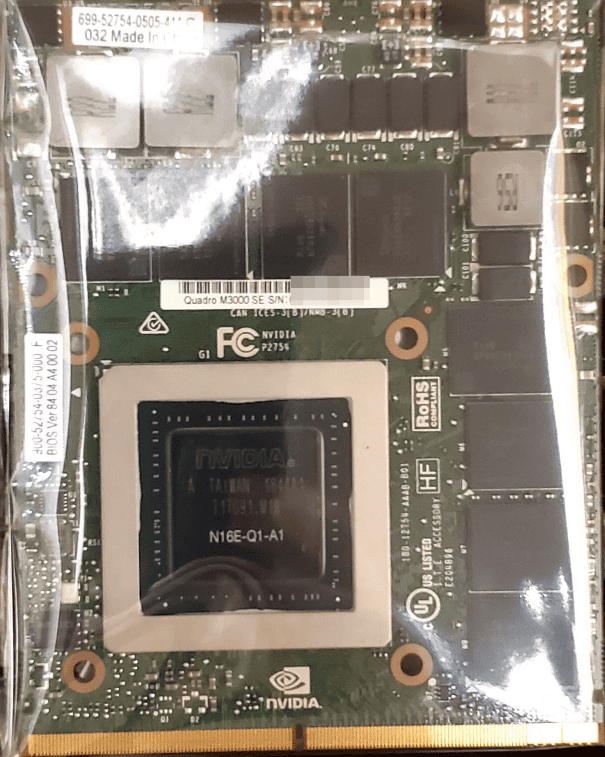
Key Considerations for MXM Modules:
- Compatibility: Not all laptops support MXM modules.
- Availability: Finding compatible and readily available MXM modules can be difficult.
- Technical Expertise: Upgrading MXM modules might require professional assistance.
3. Cloud Gaming Services
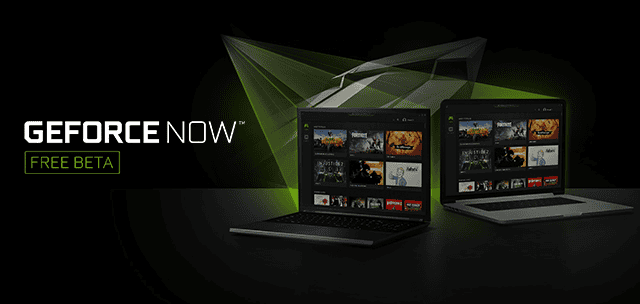
Cloud gaming services like GeForce Now and Xbox Cloud Gaming offer an alternative approach to upgrading your laptop’s graphics. These services stream games from powerful servers to your laptop, allowing you to play demanding titles without relying on your laptop’s internal hardware.
Key Considerations for Cloud Gaming:
- Internet Connection: A stable and high-speed internet connection is crucial for smooth gameplay.
- Subscription Costs: Cloud gaming services typically require a monthly or annual subscription.
- Game Availability: Not all games are available on cloud gaming platforms.
4. Upgrading Your Laptop
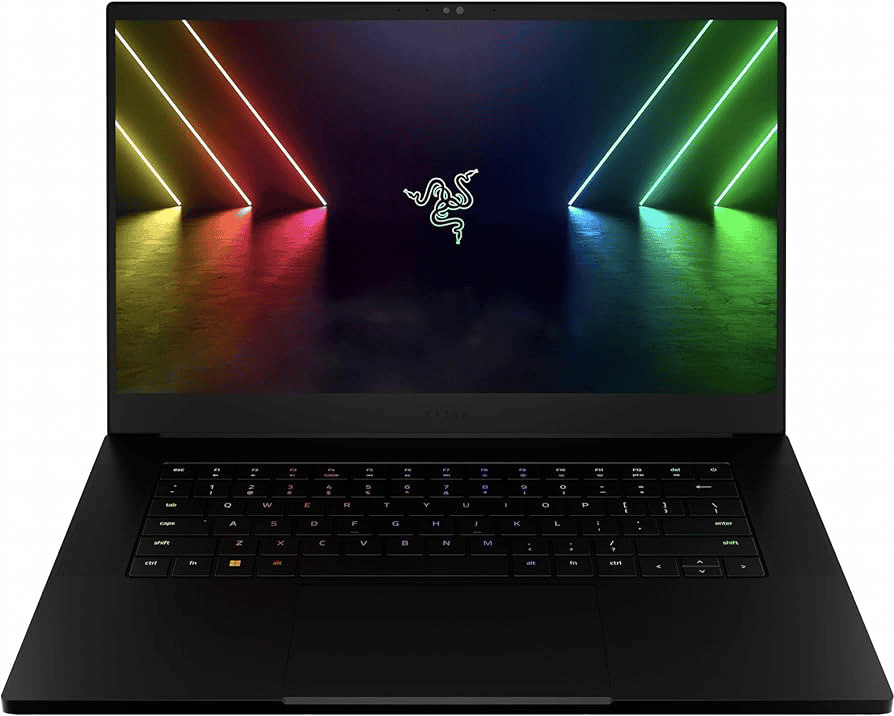
In some cases, the most practical solution might be to upgrade your entire laptop. Newer laptops often come with more powerful graphics cards and processors, providing a significant performance boost.
Laptop Graphics Upgrade Options: A Summary
| Option | Description | Considerations |
|---|---|---|
| eGPU | External enclosure with a desktop graphics card | Compatibility, performance, cost |
| MXM Module | Interchangeable graphics module | Compatibility, availability, technical expertise |
| Cloud Gaming | Stream games from powerful servers | Internet connection, subscription costs, game availability |
| Laptop Upgrade | Replace your laptop with a newer model | Cost, data transfer |
Key Takeaways
- Laptop GPU upgrades are often difficult due to integrated designs
- External GPU enclosures can boost graphics performance
- New laptops with dedicated GPUs offer the easiest upgrade path
Understanding Laptop Graphics Cards
Laptop graphics cards play a key role in how a computer handles visual tasks. They come in different types and have unique features that affect performance.
Integrated vs. Dedicated Graphics
Integrated graphics are built into the CPU. They share system memory and are good for basic tasks. Dedicated graphics cards have their own memory and processor. They’re better for gaming and heavy graphics work.
Integrated graphics save space and power. They’re common in thin, light laptops. Dedicated cards use more power but offer better performance. They’re found in gaming laptops and workstations.
Some laptops have both types. They switch between them to balance power use and performance.
Mobile GPU Types and Interfaces
Mobile GPUs come in various forms. The most common are soldered directly to the motherboard. This makes them hard to upgrade.
Some high-end laptops use MXM (Mobile PCI Express Module) cards. These are removable but not common. External GPUs connect through Thunderbolt ports. They add desktop-level graphics power to laptops.
GPU interfaces affect speed and compatibility. PCIe is the main interface for dedicated cards. Thunderbolt 3 and 4 support external GPUs.
To check your GPU type, look in Device Manager under Display Adapters. This shows if you have integrated or dedicated graphics.
Preparing for a GPU Upgrade
Upgrading a laptop’s graphics card takes careful planning. You need to check if your laptop can handle a new GPU and get the right tools for the job.
Compatibility and Selection
Not all laptops allow GPU upgrades. Most have built-in graphics that can’t be changed. Check if your laptop has an MXM slot. This special slot lets you swap out the graphics card.
Look up your laptop model online to see if it supports upgrades. Brands like Eurocom and Clevo often make upgradeable laptops. If your laptop can be upgraded, pick a new GPU that fits. The GeForce GTX 980M or 675MX might work, depending on your laptop.
Make sure the new GPU works with your laptop’s power supply. It may need more juice than your old one. Check the wattage your laptop can handle.
Tools and Safety Precautions
Get the right tools before you start. You’ll need:
- Small screwdrivers
- Thermal paste
- Antistatic wrist strap
The wrist strap keeps static electricity from damaging parts. Apply new thermal paste when you put in the new GPU. This helps it stay cool.
Update your BIOS before you start. This can fix bugs and help the new GPU work better. Download the latest NVIDIA drivers for your new card too.
Be gentle when working inside your laptop. The parts are fragile. Take your time and don’t force anything. If something seems stuck, double-check the instructions.
Executing the GPU Upgrade
Upgrading a laptop’s graphics card is tricky but possible in some cases. The process involves careful handling of hardware and attention to detail.
Installation Process
Start by turning off the laptop and unplugging it. Remove the battery if possible. Open the laptop’s back panel to access the internals. Find the old GPU, which is often near heat pipes or fans. Carefully disconnect any cables attached to it.
Unscrew the GPU and gently lift it out. Clean the area with compressed air. Take the new GPU and line it up with the slot. Press it in firmly but gently. Screw it in place.
Reattach any cables you disconnected earlier. Make sure everything is secure. Close the laptop panel and put the screws back in. If you removed the battery, put it back in.
Post-Installation Steps
Turn on the laptop and check if it boots up normally. If it does, you’re on the right track. Download and install the latest drivers for your new GPU from the manufacturer’s website.
Use benchmarking software like 3DMark to test the new card. Run some games to check frame rates. If you notice any issues, check online forums for help or contact customer support.
Keep an eye on temperatures while gaming. If the laptop gets too hot, you might need better cooling. Some users add cooling pads for extra airflow.
Remember, not all laptops support GPU upgrades. Always check your model’s specs first. For many, an external GPU enclosure with a Thunderbolt port is a safer option.

